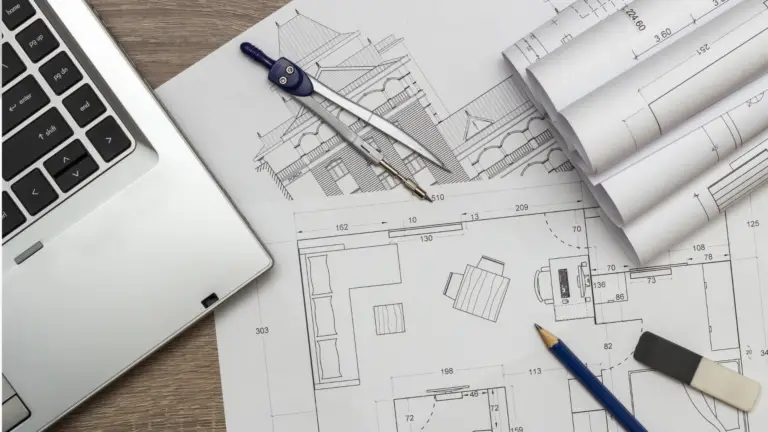Earthquakes are natural disasters that can cause significant damage to homes and infrastructure, leading to devastating consequences for communities. In regions prone to seismic activity, constructing earthquake-resistant homes is crucial to protect lives and property. In this blog, we will explore the importance of earthquake-resistant construction techniques and how they contribute to safer and more resilient homes.
To view AH Construction’s projects click HERE
Understanding the Threat
Earthquakes occur due to the sudden release of energy in the Earth’s crust, resulting in ground shaking. The level of seismic activity varies by region, and some areas are more susceptible to earthquakes than others. Understanding the local earthquake hazard is the first step in building resilient homes.
Foundation Reinforcement
One of the critical elements in earthquake-resistant construction is the foundation. Reinforcing the foundation with materials like reinforced concrete and proper anchoring techniques helps prevent the house from shifting or collapsing during an earthquake. Additionally, using flexible materials in the foundation can absorb and dissipate seismic energy.
Seismic Bracing and Shear Walls
Seismic bracing and shear walls are essential components of earthquake-resistant construction. These structural elements provide lateral stability to the building, preventing excessive swaying during an earthquake. Properly designed and installed bracing and shear walls can significantly enhance a home’s seismic performance.
Roof and Wall Connections
The connection between the roof and walls of a house is another critical area of focus. In earthquake-resistant construction, it’s essential to ensure that the roof is securely attached to the walls to prevent it from collapsing during seismic events. Proper fastening methods and hardware are crucial in achieving this.
Reinforced Masonry and Framing
The choice of construction materials plays a vital role in earthquake resistance. Reinforced masonry and framing materials, such as reinforced concrete and steel, are more resilient to seismic forces. These materials can withstand ground shaking and deform without collapsing.
Damping Systems
Advanced engineering solutions, such as damping systems, are increasingly being incorporated into earthquake-resistant construction. These systems help dissipate seismic energy, reducing the impact on the structure. Common damping systems include tuned mass dampers and base isolators.
Regular Inspections and Maintenance
Constructing an earthquake-resistant home is not enough; regular inspections and maintenance are essential to ensure the continued integrity of the structure. Inspections can identify any structural weaknesses or damage that may have occurred over time.
Community Resilience
Building earthquake-resistant homes is not only about individual safety but also about community resilience. When a significant portion of a community’s housing stock is earthquake-resistant, the entire community is better prepared to withstand seismic events.Earthquake-resistant construction is a critical consideration in regions prone to seismic activity. By implementing proper techniques and materials, homes can be made more resilient to earthquakes, reducing the risk of structural damage and protecting lives. Investing in earthquake-resistant construction not only enhances individual safety but also contributes to the overall resilience of communities in earthquake-prone areas.
To view AH Construction’s projects click HERE




